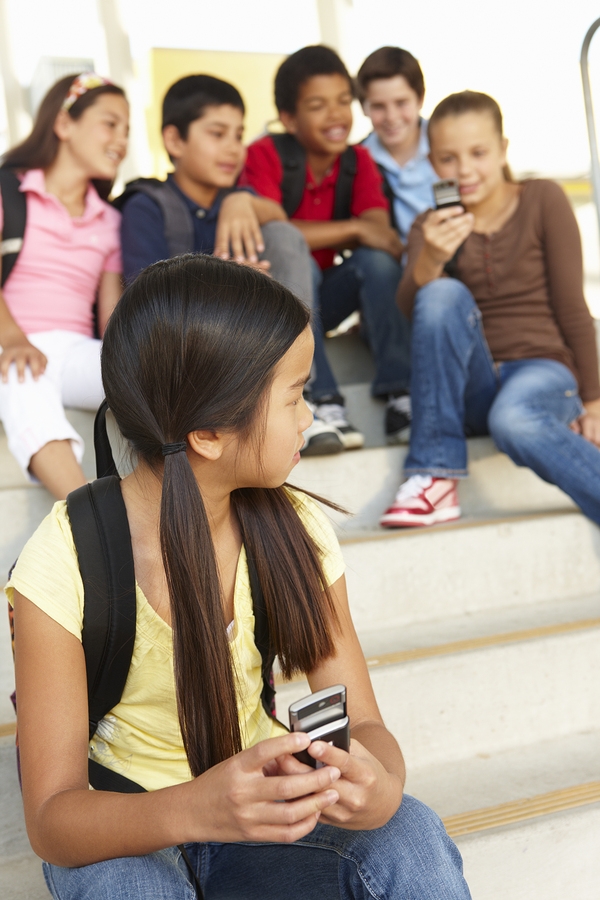Relational Aggression — explained by Stephanie Doudounis, M.A.
Relational aggression is less obvious and receives less awareness than physical bullying and cyber bullying, but can result in damage to an individual’s social status and well-being. Examples include gossip, exclusion, building alliances, silent treatment, secrets, spreading rumors, backstabbing, and making fun of one another. Relational bullying is not always adequately addressed because it is somewhat covert and may not be perceived as harmful as physical aggression. Adolescents perceive relational aggression as more acceptable than physical aggression. Media portrayals of adults engaging in relational aggression have reinforced and normalized this behavior for children and adolescents. Negative outcomes include damaged self-esteem, poorer academic achievement, behavioral issues, and higher risk of development of later mental health concerns.
Unfortunately adults may be unaware of effective strategies to intervene when they observe relational aggression and may lack clear policies and laws to guide their decisions. When adults dismiss behaviors as typical child behavior, victims have less confidence to report aggressive behaviors to adults, and the cycle is perpetuated. As a result of relational aggression, children and adolescents, particularly females, who take part in relationally aggressive behaviors, are likely to experience symptoms of depression, loneliness, low-self esteem, and increased suicidal thoughts as opposed to children who do not engage in relationally aggressive behaviors. Relationally aggressive youth, although disliked by many, tend to be seen as popular and influential. Therefore, children and adolescents who surround themselves with relationally aggressive friends are more likely to develop relationally aggressive behaviors.
Signs of Victimization of Relational aggression:
- Child or adolescent may appear anxious, nervous or withdrawn
- Child or adolescent may express frequent complaints of headaches or other ailments
- Child or adolescent may have few friends or is often alone
- Child or adolescent may be hesitant to participate in activities (ex: Recess, clubs etc.)
- Signs of self harm (ex: Cutting or other self mutilation)
- Child or adolescent may bully others or illustrates aggressive behaviors.
For more information visit:
http://www.relationalaggression.com

